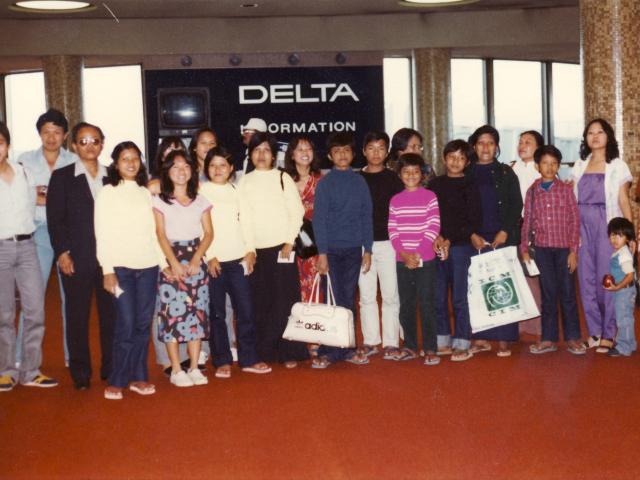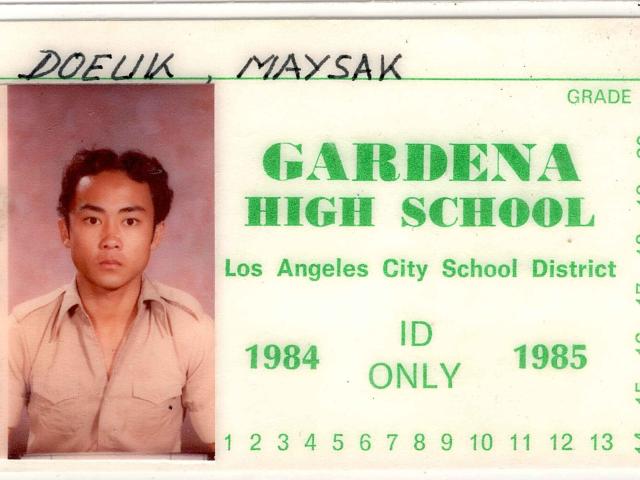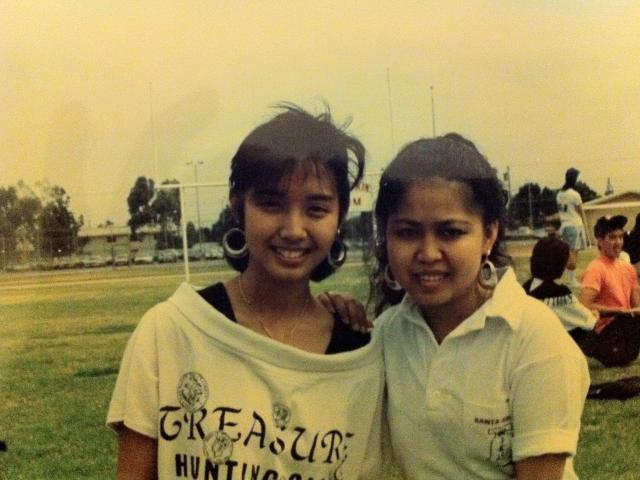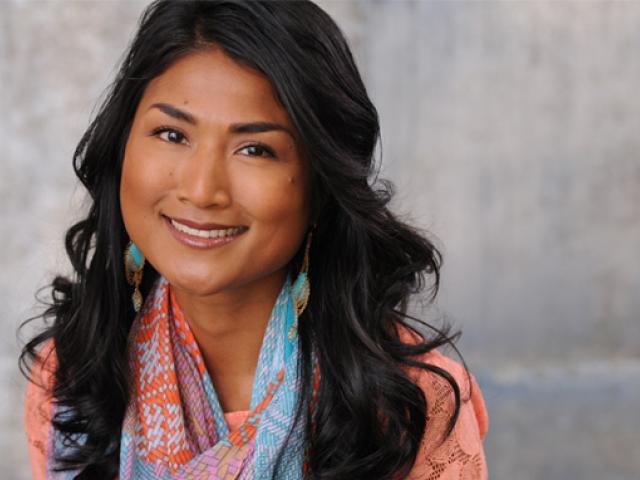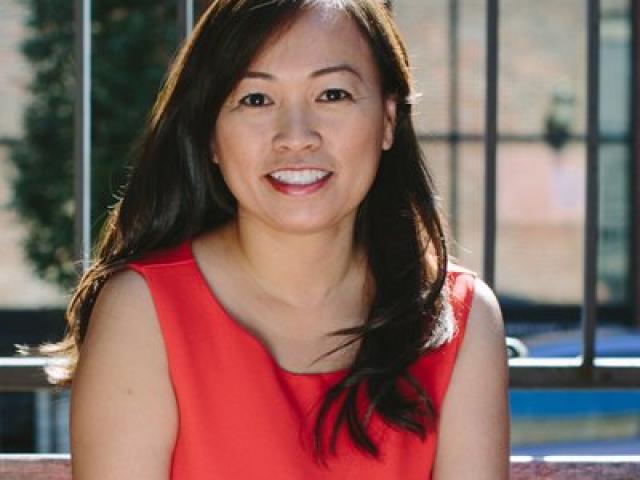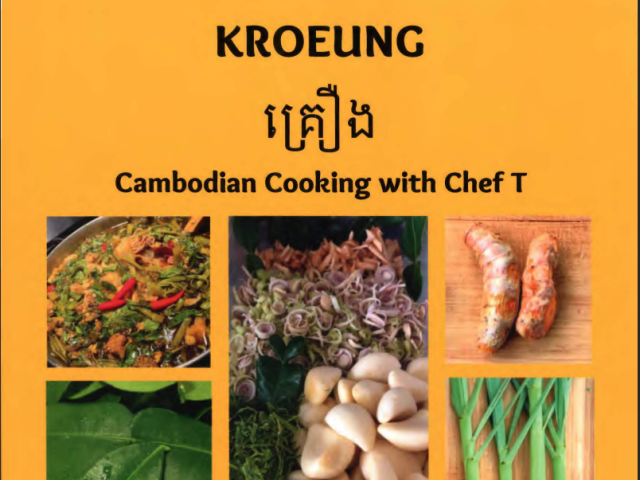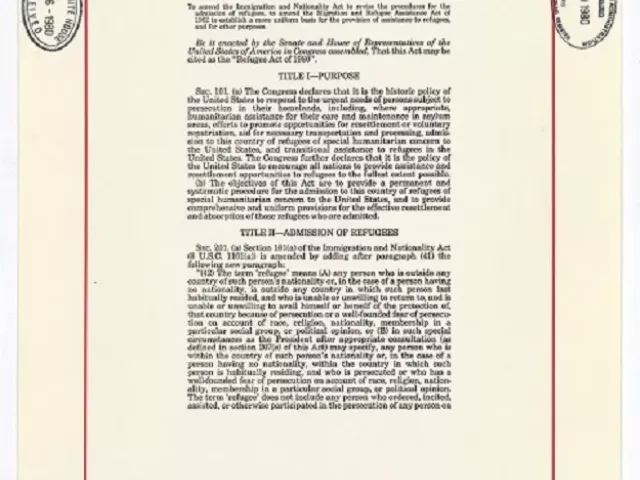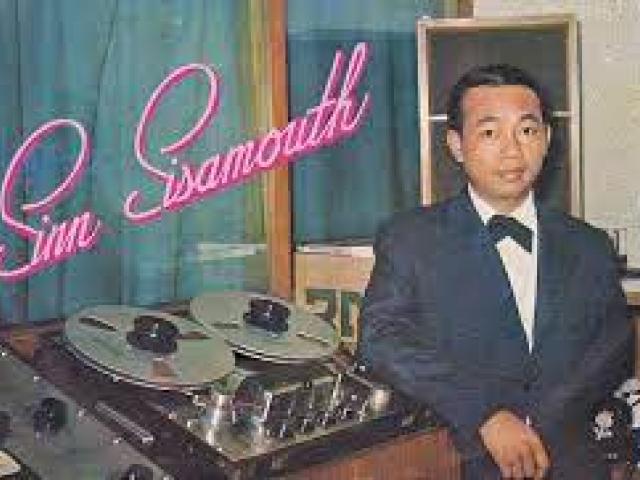Area of Study 3: Cambodian Diaspora

Refugee Migration and the Making of the Cambodian Diaspora
The Cambodian American community is essentially the human legacy of war, genocide and foreign occupation that ravaged the country from the mid-1960s to the early 1990s. The end of the so-called Vietnam War and seizure of power by the Cambodian communists, known as the Khmer Rouge—literally meaning ‘red Khmer’—catalyzed the first refugee wave in April 1975 that was followed by another, more massive surge, in the wake of the collapse of the Khmer Rouge regime and the beginning of Vietnam’s military occupation of Cambodia in 1979. In what amounted to an historically unprecedented refugee exodus out of Cambodia, an estimated 500,000 to 600,000 fled the country between 1975 and the early 1980s in search of security and freedom. (Historical Society of Long Beach). Some 250,000 Cambodians were resettled in the West between 1975 and 1990, of whom over 144,000 were resettled in the United States (Southeast Asia Resource Action Center, 2004).
